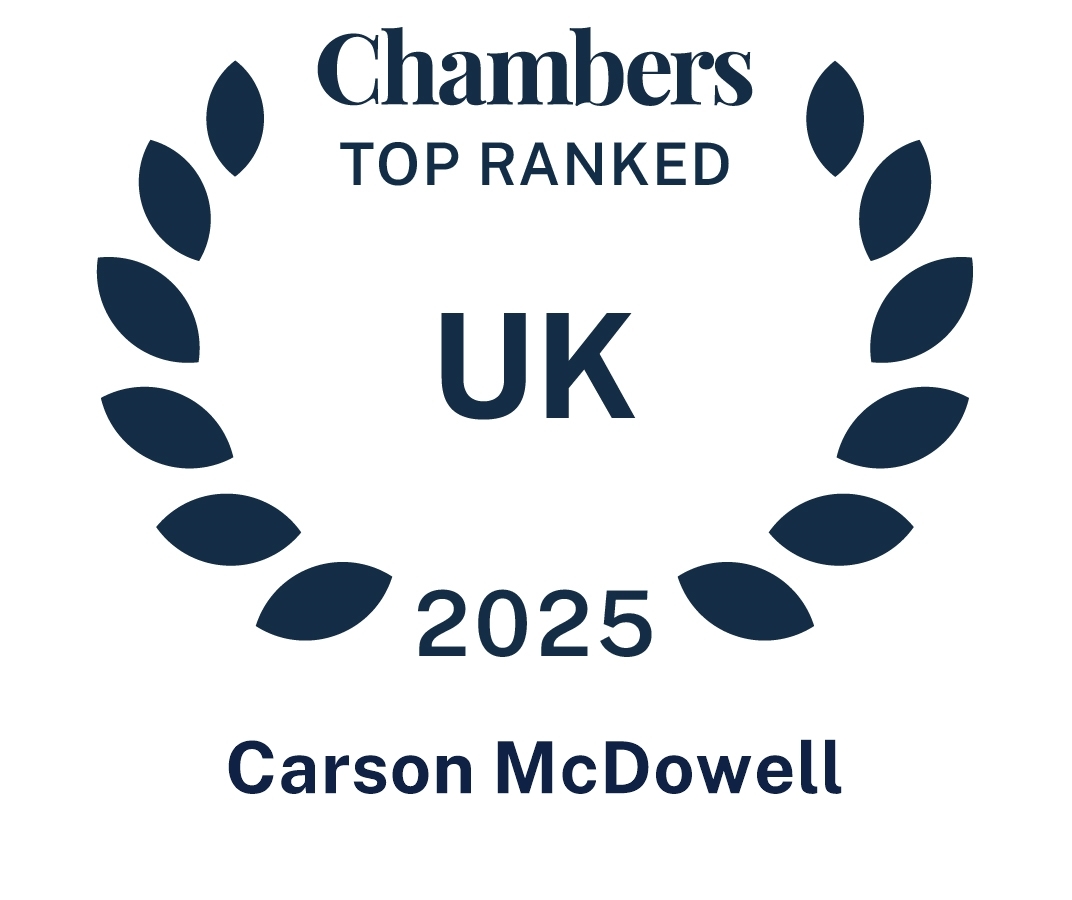Protecting your Intellectual Property can be complex in the Internet age

These days it seems there isn’t a week that goes by without a press report of a cyber-hack, or law enforcement attempts to thwart one.
Just recently Ipswich police, acting on an investigation launched in Manhattan, arrested a 19 year old arising from the unauthorised access (a cyber-hack to you and me) and online resale, via cryptocurrency, of artists’ unreleased music tracks.
The ability of the law to punish and deter crime of this nature is constantly changing in recognition of the fact that the theft of intellectual property can cause significant financial loss to those who work hard to create it.
However, the responsibility of staying one step ahead of those people who choose to use technology with nefarious intent lies not only with law makers and implementers. It also lies at the doors of all businesses.
But how can a business take steps to protect itself? Understanding the nature and variety of threats is a first step, as eloquently explained by Frank Abagnale, the notorious conman whose life’s work was chronicled in Di Caprio’s Catch Me If You Can.
“It's about 4,000 times easier today to con people than when I did it. To forge a cheque 50 years ago you had to be a skilled printer, know how to do colour separations, negatives and type-setting. Today, you open a laptop.”
Abagnale points to the ease with which a company cheque could be forged; it’s simply a matter of obtaining key signatures from a company’s annual report, and their brand identity. All of which is published by the company online. For free.
With that in hand, Abagnale posited the fraudster could simply inform the company he wanted to transfer it money, and would receive its bank details, allowing a suitably equipped fraudster to forge a company cheque.
Another type of fraudulent activity which is increasing is the production and sale of counterfeit goods. The U.K. Intellectual Property Office found that an alarming 17.5% of online transactions made on social media last year were for counterfeit goods, and 88% of these were bought by consumers who knowingly selected a copied product.
The high volume of knock off products available online now means that brands have very little insight into how, where and to what scale other entities are damaging their reputation. All businesses want to defend their intellectual property and act if someone is infringing on it without permission. Whilst this can be difficult to manage in the digital age, there are ways to use traditional IP rights and laws to do this.
Start at the beginning, with IP registration; are your brand names registered as trademarks or has your product been patented? This is a valuable investment and can often be the first line of defence in keeping control of your brand or product – simply put, it provides proof that you own it, and the IPO has recognised it’s worth protecting and may have value. IP registration should focus on the countries you are directly selling into, but it is also worthwhile exploring the effectiveness of these measures in countries where fraud levels are high.
Carrying out an audit to understand where you are most at risk of IP fraud can be a beneficial process to prioritise and address high risk areas and then develop a strategy against it. To monitor brand activity in various markets some companies choose to introduce technology based solutions which detect potentially fraudulent incidents on behalf of owners.
Be mindful of your website domain name and similarly any social media accounts – these days they are your shop window, and as everyone knows, there is no such thing as a second impression. It is worth registering various web domains to cover all obvious title sites for your business and brands, and similarly, at least one on each popular social media channel. The best lies are those which hover close to the truth and all too often, replica sites or social media pages are set up to damage the reputation of the original brand. In these circumstances, it is not unheard of for fraudsters to demand payment to remove the copycat web/social presence.
Finally, make sure your business has a crisis response plan for cyber-hacks and other adverse IT events. In addition to focusing on areas that are familiar (data breach, reputation damage) consider and make provision for less visible threats, like theft of your IP.
As with anything in the IT world, speed is key, and a robust, road-tested crisis response plan can make all the difference in combatting the army of fraudsters lurking beyond your computer.





